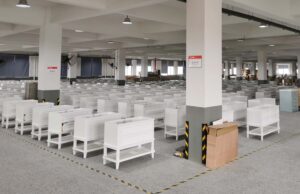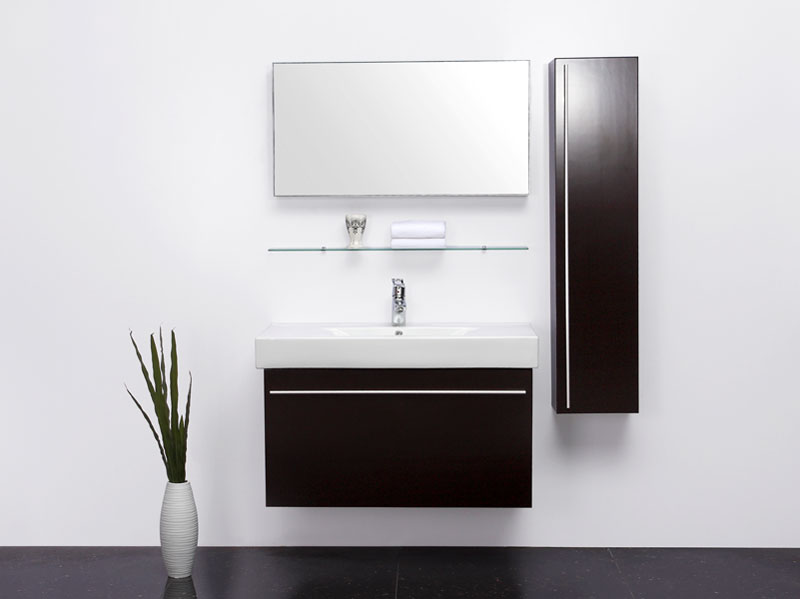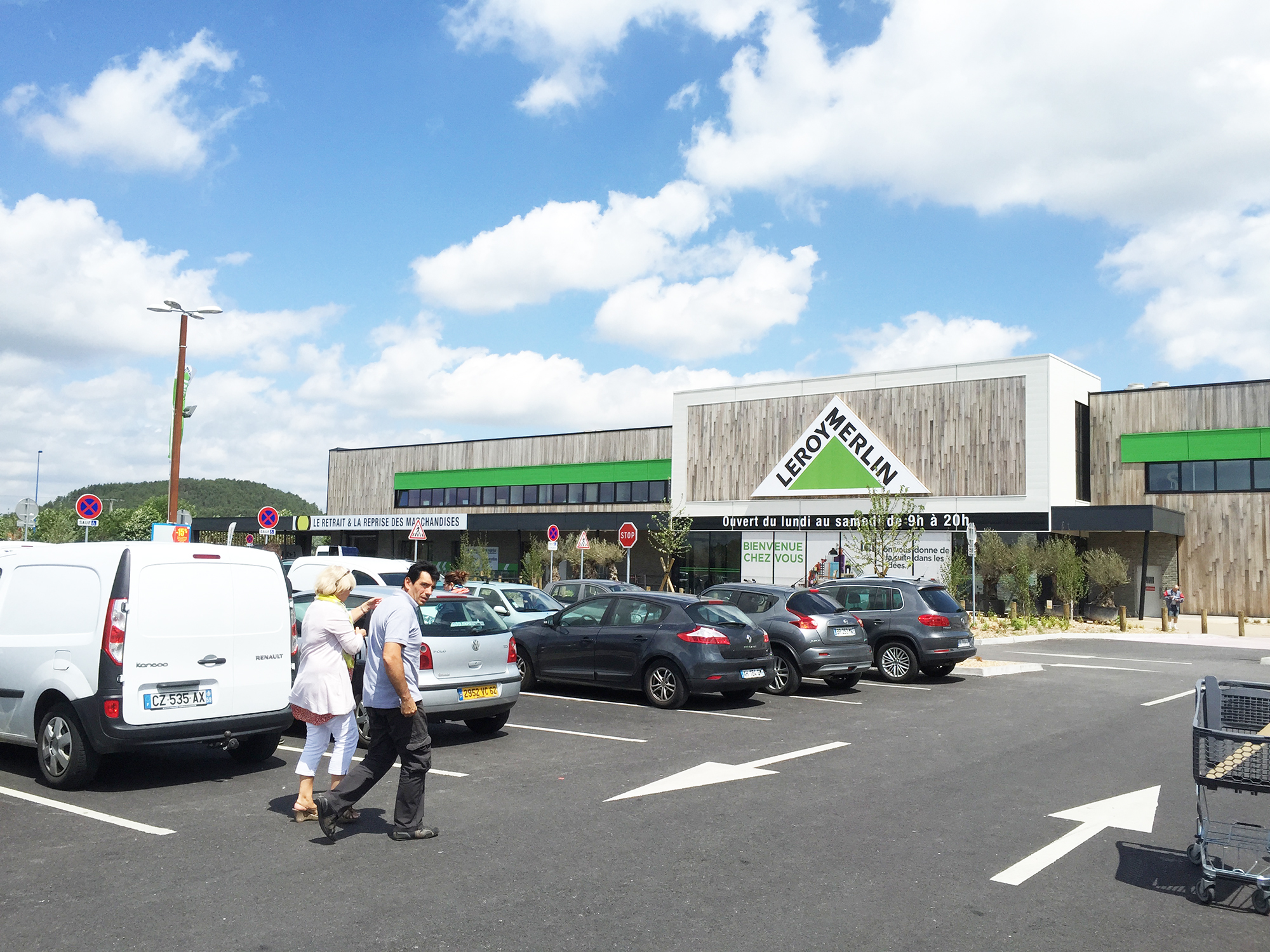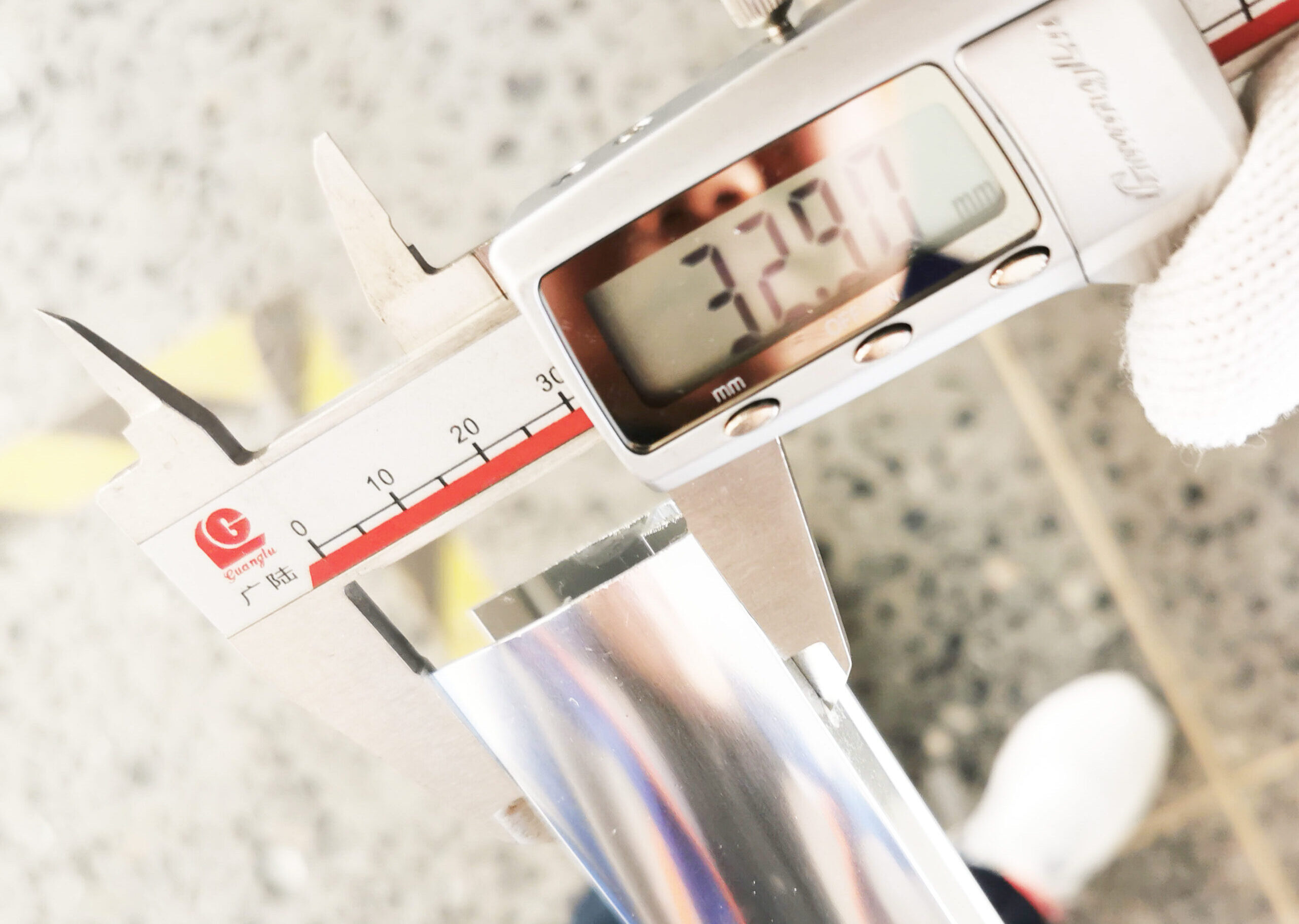Manufacturing Cost Analysis of Bathroom Vanities in Zhejiang, China: A Focus on Hangzhou
Zhejiang Province, particularly Hangzhou, is a pivotal hub for bathroom vanity manufacturing in China, leveraging its robust industrial ecosystem, advanced logistics networks, and progressive sustainability policies. As global demand shifts toward customized and eco-friendly designs, understanding the cost dynamics of this region provides critical insights for buyers and manufacturers. This article breaks down the key cost drivers, challenges, and competitive advantages of producing bathroom vanities in Zhejiang, with a focus on Hangzhou.
1. Supply Chain Integration and Material Costs (35–45% of Total Cost)
Zhejiang’s dense industrial clusters ensure efficient access to raw materials:
- Engineered Wood: Suppliers in Hangzhou and Shaoxing provide medium-density fiberboard (MDF) at costs 10–15% lower than inland provinces due to streamlined logistics and bulk purchasing.
- Quartz Surfaces: Local manufacturers like Zhejiang KMG Stone supply quartz slabs at $20–35/sqm, leveraging proximity to raw material mines in Fujian and Anhui.
- Hardware: Ningbo, a neighboring city, is China’s “Hardware Capital,” producing stainless steel hinges and slides 20% cheaper than imported alternatives.
Hangzhou Advantage: The city’s proximity to key suppliers reduces transportation costs by 8–12% compared to factories in Guangdong or Sichuan.
2. Labor Costs and Automation (18–25%)
While labor costs in Zhejiang are higher than in inland China, automation offsets expenses:
- Wage Trends: Skilled workers in Hangzhou earn $800–1,000/month, 15–20% higher than in Wenzhou or Jinhua, but productivity is 25% higher due to technical training programs.
- Automation Adoption: Over 50% of Hangzhou’s mid-to-large factories use CNC machines for precision cutting and robotic arms for assembly, reducing labor dependency by 30–40%.
- Training Costs: High workforce mobility necessitates annual training investments of $500–1,000 per worker, adding 3–5% to labor budgets.
3. Sustainability Compliance (8–15%)
Zhejiang leads China in green manufacturing initiatives, impacting costs:
- Regulatory Pressures: Hangzhou’s “Zero-Waste Factory” certification (mandatory since 2023) requires 30% recycled materials in production, increasing raw material costs by 10–12%.
- Emission Controls: VOC-free coatings and wastewater recycling systems add 5,000–15,000 annually to operational costs but qualify manufacturers for tax rebates of up to 8%.
- Carbon Neutrality Goals: By 2025, 70% of Hangzhou factories must use renewable energy (e.g., solar), raising energy costs by 5–8% initially but ensuring long-term savings.
4. Logistics and Export Efficiency (10–20%)
Hangzhou’s strategic location enhances export competitiveness:
- Domestic Logistics: Shipping containers to Ningbo Port (100 km away) costs 60–60–120, 20% less than routes from inland hubs like Chongqing.
- Global Exports: Cross-border e-commerce pilot zones in Hangzhou streamline customs clearance, reducing lead times by 2–3 days and cutting documentation fees by 150–150–300 per shipment.
- Tariff Mitigation: Local manufacturers absorb 15–25% of U.S. Section 301 tariffs to retain orders, compressing profit margins by 5–8%.
5. Case Study: Mid-Range Vanity Production in Hangzhou
A typical 48-inch vanity with MDF cabinetry, quartz top, and soft-close hinges:
- Material Cost: $140–200 (local MDF, quartz, and Ningbo hardware).
- Labor + Automation: $60–90 (semi-skilled workers and robotic finishing).
- Compliance + Logistics: $40–70 (recycled materials, certifications, and port fees).
- FOB Price: $250–360, with profit margins of 12–18% for exporters11.
6. Regional Comparisons: Hangzhou vs. Guangdong
| Factor | Hangzhou | Guangdong |
|---|---|---|
| Labor Costs | Higher ($800–1,000/month) | Lower ($600–800/month) |
| Automation Adoption | 50–60% of large factories | 40–50% of large factories |
| Sustainability Compliance | Stricter (30% recycled materials) | Moderate (15–20% recycled materials) |
| Export Speed | Faster (3–5 days to Ningbo Port) | Slower (5–7 days to Shenzhen Port) |
Future Challenges and Opportunities
- Labor Inflation: Wages in Hangzhou are rising 7–10% annually, pushing small factories toward inland relocation.
- Tech-Driven Customization: AI-powered design tools and 3D printing are reducing prototyping costs by 15–20%, attracting luxury buyers.
- Circular Economy: State-backed subsidies for recycling programs could cut material costs by 8–12% by 2030.
Conclusion
Hangzhou’s bathroom vanity manufacturing sector thrives on its integrated supply chain, tech-driven automation, and sustainability leadership. While labor and compliance costs are rising, the region’s focus on green innovation and export efficiency ensures its position as a premium hub. Buyers prioritizing quality and eco-certification will find value here, but cost-sensitive orders may shift to emerging clusters in Anhui or Jiangxi. For manufacturers, investing in automation and circular practices is no longer optional—it’s critical to sustaining competitiveness.
This analysis underscores Zhejiang’s evolving role in China’s bathroom vanity industry, balancing cost pressures with cutting-edge advancements. Let me know if you need additional data or regional comparisons!







